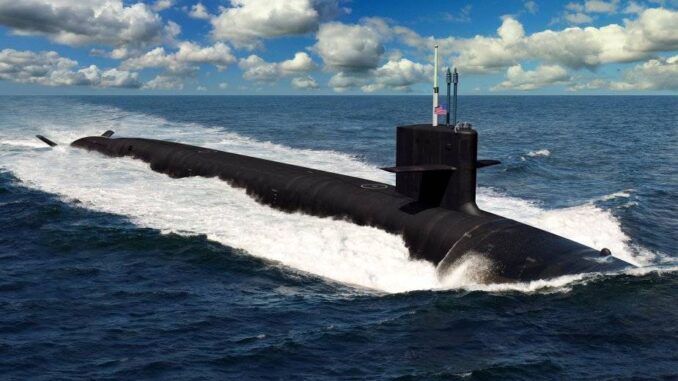
According to a press release published by General Atomics, General Atomics Electromagnetic Systems (GA-EMS) announced that it has been awarded a developmental contract by Naval Surface Warfare Center Carderock Division (NSWCCD) to provide manufacturing design drawings, engineering, fabrication, inspection, and assembly of prototype propulsor, shafting and bearing components as well as the equipment needed to support propulsor research & development, testing and evaluation.
“This is another exciting opportunity for GA-EMS to demonstrate our capability to support significant Naval engineering and developmental programs,” stated Scott Forney, president of GA-EMS. “Because of our proven track record in technical design, manufacturing expertise, and superb facilities, we are becoming the principal source for taking new technologies from concept, to prototype, and through to full production. We are proud to continue to support critical Navy programs that deliver the most advanced, safe, and reliable technologies to our warfighters.”
GA-EMS will work with NSWCCD to develop new propulsor components for both surface ships and submarines. Design and analysis work will be done primarily at GA-EMS’ facilities in San Diego, CA, and manufacturing engineering and fabrication will be done at the company’s manufacturing facility in Tupelo, MS.
This effort supports the NSWCCD Advanced Propulsor Management Office requirement for the design and development for prototype propulsors, shafting and bearing components, mechanical design specification, and manufacturing plans to support the COLUMBIA Class Submarine Program Office, the VIRGINIA Class Submarine Program Office, and future R&D activities towards the next generation of propulsor and shafting systems.



Be the first to comment